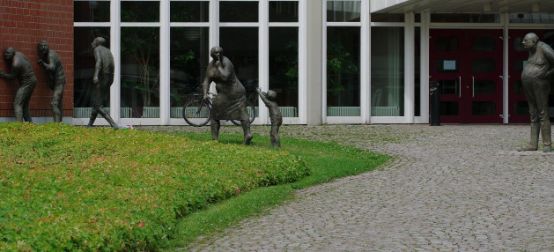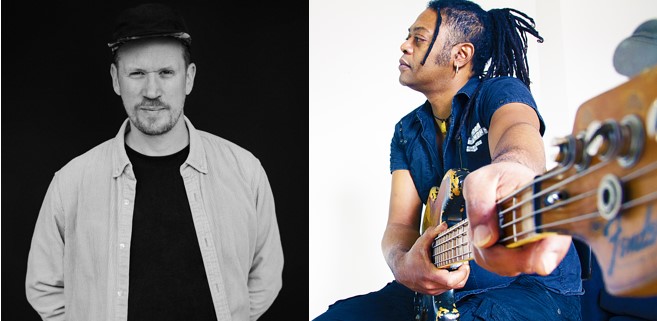German music academies in the high
According to the German Music Information Center (MIZ), demand for music studies in Germany has risen once again. With around 33,500 students enrolled at a music education institution in Germany in the 2015/16 winter semester, the number has reached a new high.

More than half of the students were enrolled at one of the 24 state music universities. Overall, the number of students increased by around 1.5 percent compared to the previous year. The main reason for the increase was an increase in the number of students enrolled on courses in the field of music education in the independent profession and at music schools, which rose by over 11 percent to around 4,300 students.
With around 9,000 students, the subjects of instrumental and orchestral music continue to lead the popularity scale by far, followed by teacher training courses for music at general education schools and musicology. While teacher training courses have recently seen an upward trend again after a significant slump in the past decade, they have now stagnated for the first time compared to the previous year. The number of first-year students, which had risen in the meantime mainly due to the introduction of the shortened upper secondary school level in many federal states, has now returned to the level of previous years at around 5,100.
Significant differences within the individual degree courses were found in the proportion of female students, the development of which the MIZ has examined in time series for the first time. According to the study, six of the eleven music degree courses evaluated were attended by female students, in some cases well over 50 percent. Overall, their share was 54%, six percentage points higher than the average for all degree courses combined.
Even though the proportion of women in some subjects - conducting, composition, church music and jazz and popular music - remains underrepresented, increasing trends have been observed here too in recent years. The conducting, composition and jazz and popular music courses in particular have seen significant growth. Only in the Tonmeister course has the proportion of women fallen noticeably after a temporary increase.
There has been a continuous upward trend in the proportion of women teaching music courses. Whereas in 2000 this figure was still around 33%, currently over 37% of lecturers at educational institutions are female. In music courses at universities, teacher training colleges and universities of applied sciences, the proportion of women has recently been significantly higher at just under 47%, after some fluctuations.
More and more lecturers, honorary professors and private lecturers are employed at universities. Since the turn of the millennium, their numbers have risen steadily from around 5,000 to over 6,500. Compared to full-time staff, they currently make up 66 percent of the total. This means that they make up the largest proportion of teaching staff at German universities. According to current survey results, they provide between 40 and 60 percent of teaching.
The MIZ's calculations are based on data from the Federal Statistical Office, which compiles the reports from conservatoires and universities, teacher training colleges, church music colleges and universities of applied sciences in its annual student statistics. In addition to the 1st subject, the MIZ also took into account students with music as their 2nd and 3rd subject.








